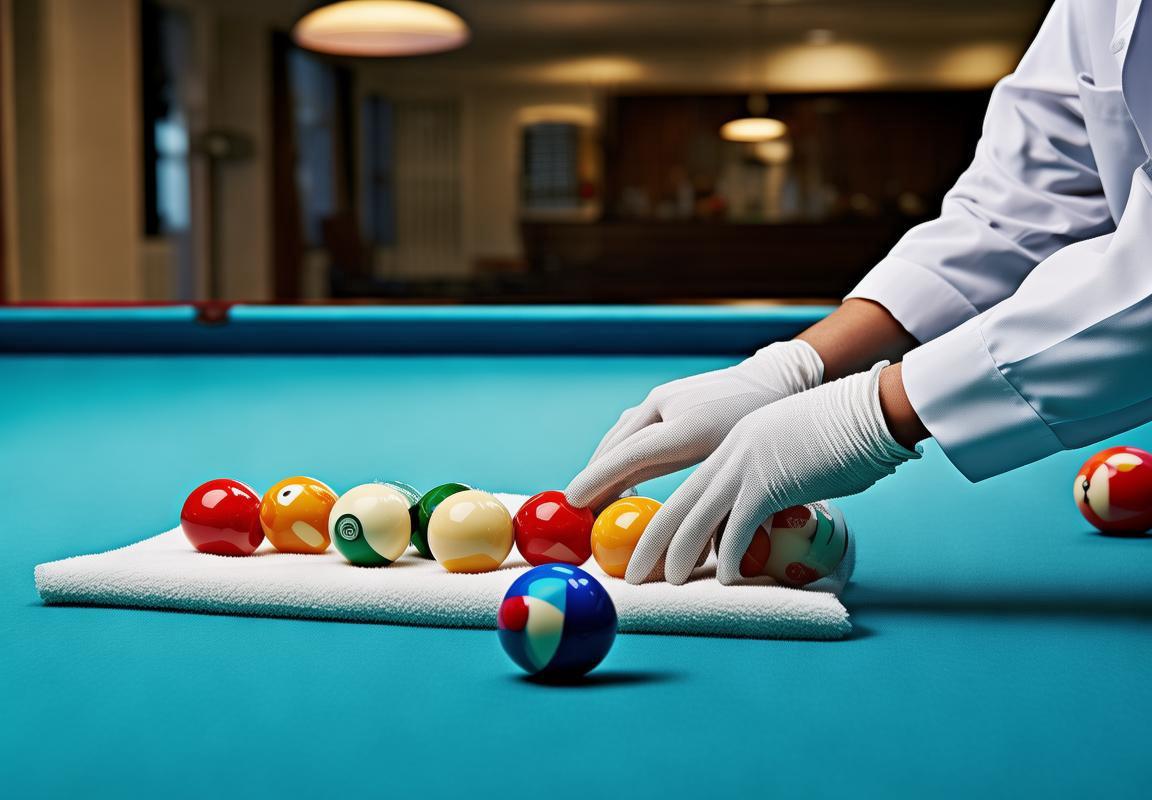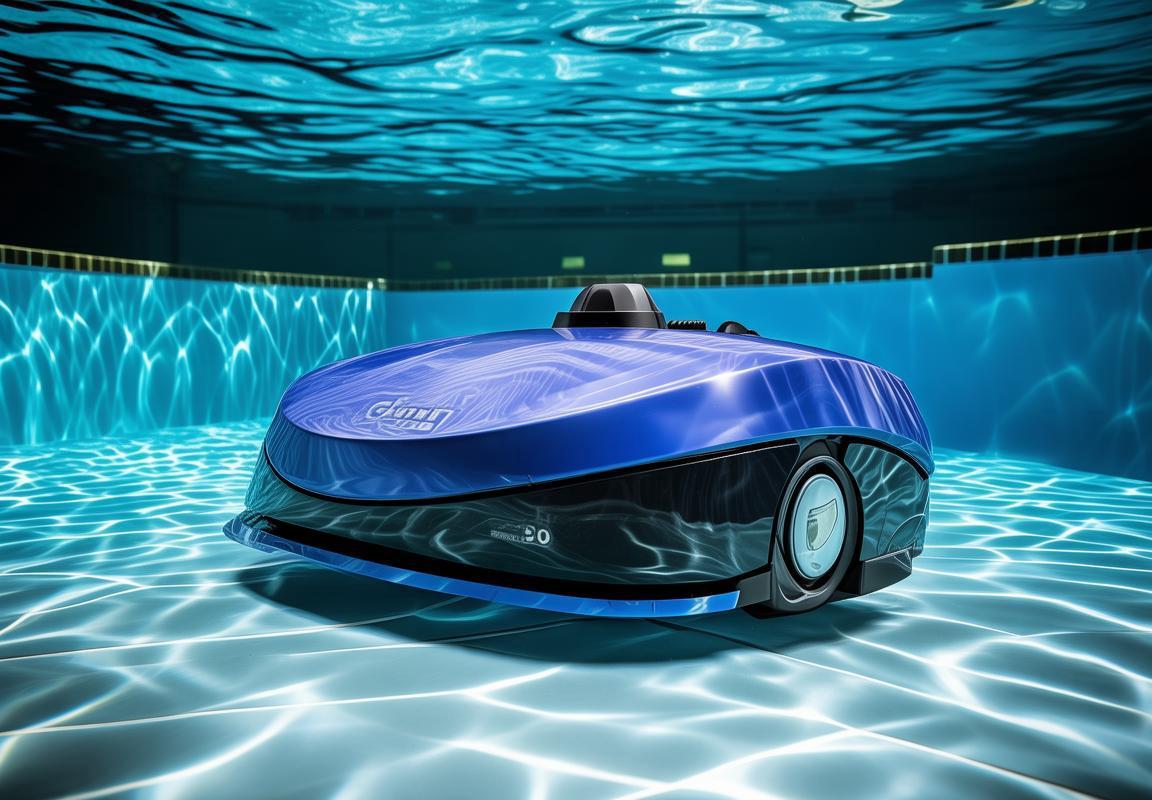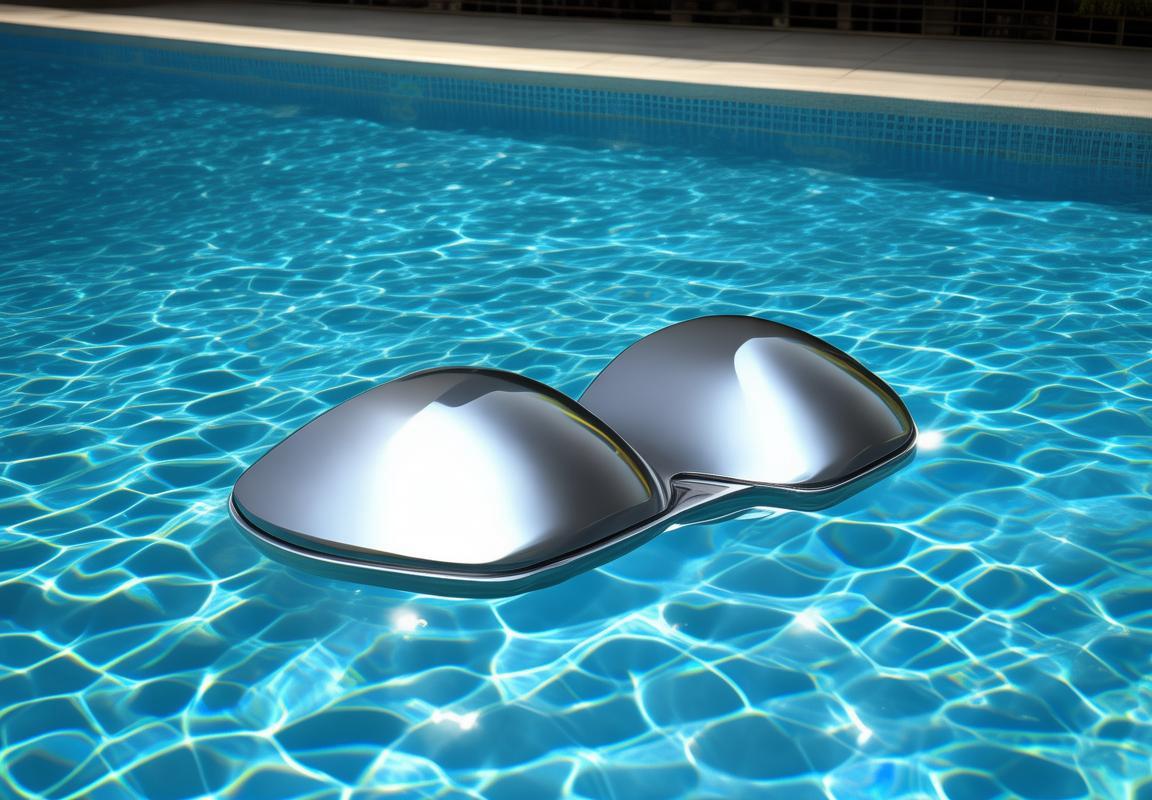The Pool Cleaner 2 Wheel: Ultimate Pool Maintenance Tips for a Sparkling Clean Swim
The Pool Cleaner 2 Wheel is a powerful tool for effortless pool maintenance, but common myths and mistakes can hinder its performance. If your The Pool Cleaner acts up—spinning aimlessly or ignoring debris—check for low suction (clean skimmer baskets/filters) or tangled hoses (loosen them in sunlight). Common fixes: boost suction for sluggish movement, add hose segments if stuck in corners, and replace worn treads/gears for erratic flips. Despite claims, The Pool Cleaner 2 Wheel isn’t fully autonomous—monthly TLC is key. Rinse the filter bag gently, inspect tires for damage, and lubricate the swivel joint with silicone grease (never WD-40). Avoid cranking suction too high; the cleaner should move at a steady pace, not race like a jet. For optimal performance, arrange hoses in a figure-8 to prevent kinks and use weights if it clings to walls. If issues persist (grinding gears, suction leaks), it may need professional help. Follow these pool maintenance tips, and your Pool Cleaner 2 Wheel will keep your pool sparkling—so you can relax with a margarita instead of fixing problems.









